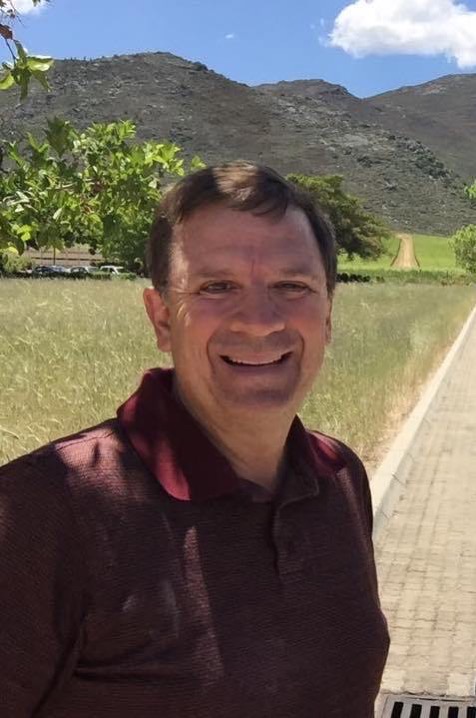
My Op-Ed on the Singaporean strategy for combating the Coronavirus ran in today’s Moscow-Pullman Daily News.
Let me know what you think!
In 2011 I had the opportunity to travel to Singapore. It is the most beautiful, clean, and safe metropolitan that I have ever visited. This city-state of 5.6 million people is larger than Los Angeles and has the highest population density in the world.
Singapore also has one of the lowest COVID-19 rates in the world. At the time of writing, Singapore has 879 cases and only 3 deaths, compared to Los Angeles with 2474 cases and 44 deaths. Most factories, shopping malls, restaurants, and even schools have remained open. How has Singapore, along with South Korea, Japan, and Hong Kong, managed to minimize the spread of the virus while avoiding the draconian measures of the West?
Singapore’s Prime Minister Lee Hsien Loong recognizes that the current outbreak will last for an extended time, until a vaccine is available. Meanwhile, you cannot shut down an entire nation for a year or more. Our quarantine response is not sustainable for the long term. Flattening the curve only means spreading out infections over time. Americans are fooling themselves if they think that restrictions will be lifted in May.
The WHO has famously published comorbidity factors (cardiovascular disease, diabetes, chronic respiratory disease, chronic liver or kidney failure, hypertension, cancer, etc.) and death rate statistics by age group for COVID-19:
- 80+: 14.8%
- 70-79: 8%
- 60-69: 3.6%
- 50-59: 1.3%
- 40-49: 0.4%
- 10-39: 0.2%
- 0-9: 0%
Singapore acted upon this information and did something that America could never do: they discriminated. They required those 65 and older or with comorbidity factors to self-quarantine. They backtracked every known case of COVID-19, then anyone infected was isolated, and anyone who was exposed was ordered to self-quarantine for 14 days. Those without the disease practiced social-distancing at school, work, restaurants, stores, etc.
Mike Ryan, head of the World Health Organization’s Health Emergencies Programme, stated:
“We’ve seen examples in places like Singapore and Korea, where governments haven’t had to shut everything down. They’ve been able to make tactical decisions regarding schools, tactical decisions regarding movements, and been able to move forward without some of the draconian measures.”
The Head of the WHO, Tedros Adhanom Ghebreyesus, has called on other countries around the world to “apply the lessons learned in Korea and elsewhere”. Singaporeans are required to take their temperature before and after they leave school or work. In public, thermal readers have been placed at checkpoints to high-traffic areas. These actions seem reasonable and not too invasive.
The alternative is to do what we have done in the US, and that is to inflict the most harm on those who can least afford it. A record 3.3 million Americans filed for unemployment last week, on top of the already unemployed. In order to help out, Congress passed a massive $2.2 trillion coronavirus spending bill. Since we are already $24 trillion in debt, what harm can there be in printing an additional $2.2 trillion? Money seems to grow on trees in Washington DC.
The result sees us living under inconsistent and insane rules. Recreational fishing is banned in Washington. Beaches are closed in Washington even if you are social-distancing. All schools must be closed to protect children, but childcare is exempt. All non-emergency services must be closed, except for pot shops, liquor stores, and Moscow’s Farmers’ Market. All private construction in Washington is stopped, but government construction is exempt.
Instead of following a rational Singaporean model of isolating the sick, quarantining the exposed, and social-distancing everyone else so that our economy can continue to flourish, we are staring down the barrel of massive unemployment (which itself has a mortality rate), skyrocketing national debt, inevitable inflation, heavy-handed regulations, and the ruin of countless lives.
The media would have you believe that this issue is as simple as taking an economic rest in order to save countless lives, but the reality is far more complicated and the consequences of poor planning and irrational decision making will have far-reaching and bleak consequences that no projection graph can predict.
Perhaps if everyone furloughed and receiving a government paycheck were laid off like the other 3.3 million Americans, we would see a different response.